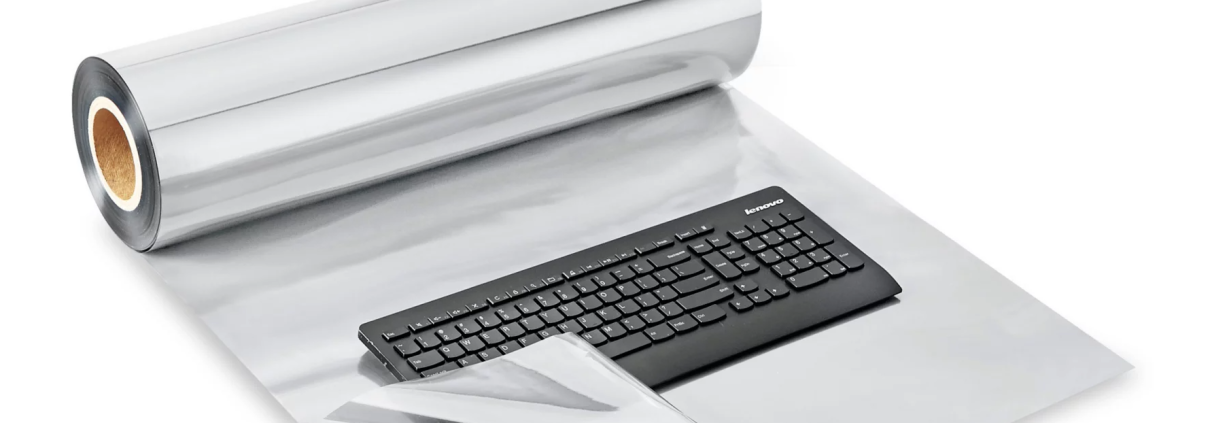Electrostatic shielding is an essential technique used in various applications, ranging from consumer electronics to industrial equipment. It helps protect sensitive electronic components from the harmful effects of electrostatic fields, thereby increasing the reliability and performance of devices. In this comprehensive guide, we will delve into the principles, applications, and methods of electrostatic shielding, enabling you to better understand and implement these techniques in your projects.
Understanding Electrostatic Fields and Charges
Before we can explore electrostatic shielding, it is crucial to understand the concept of electrostatic fields and charges. An electrostatic field is a region around a charged particle or object where other charged particles or objects experience an electrostatic force. When two objects with different charges come into close proximity, they generate an electrostatic field, which can induce a charge on nearby conductive materials.
Electrostatic discharge (ESD) is the sudden flow of electricity between two electrically charged objects. ESD can cause damage to electronic components, leading to malfunctions or complete device failure. As a result, it is crucial to protect sensitive electronics from the adverse effects of electrostatic fields and charges.
The Principle of Electrostatic Shielding
Electrostatic shielding is a technique that uses conductive materials to prevent the penetration of electrostatic fields into a specific region. The shielding material creates a barrier that impedes the passage of electrostatic fields, protecting sensitive electronic components from potential damage.
The principle behind electrostatic shielding lies in the behavior of charges in a conductor. When a conductor encounters an external electrostatic field, the charges within the conductor redistribute themselves, creating an opposing field that cancels out the effect of the external field. This shielding effect is known as the Faraday Cage, named after the English scientist Michael Faraday, who first demonstrated the phenomenon in 1836.
Materials Used for Electrostatic Shielding
Various materials are suitable for electrostatic shielding, including metals, conductive polymers, and conductive coatings. The choice of material depends on the specific application and the required level of protection. Some common materials used in electrostatic shielding include:
- Metals: Metals, such as copper, aluminum, and steel, are the most common materials used for electrostatic shielding due to their high conductivity. They are suitable for a wide range of applications, including enclosures for electronic devices, cable shielding, and grounding.
- Conductive Polymers: Conductive polymers, such as polyethylene or polyvinyl chloride (PVC) embedded with conductive particles, are a flexible and lightweight option for electrostatic shielding. They are commonly used in the form of films or sheets, making them ideal for wrapping around sensitive components or for lining the interior of an enclosure.
- Conductive Coatings: Conductive coatings, such as silver, nickel, or graphite-based paints, can be applied to the surface of an object to provide electrostatic shielding. These coatings are particularly useful for irregularly shaped objects or for applications where it is essential to maintain the object’s original appearance.
Applications of Electrostatic Shielding
Electrostatic shielding has a wide range of applications across various industries, including consumer electronics, telecommunications, aerospace, and healthcare. Some typical use cases for electrostatic shielding include:
- Electronic Device Enclosures: Enclosures for electronic devices, such as computers, smartphones, and medical equipment, often incorporate electrostatic shielding materials to protect the sensitive components inside from the harmful effects of external electrostatic fields.
- Cable Shielding: Cables used in data transmission or power supply applications are often shielded using conductive materials to minimize the impact of electrostatic interference on signal quality and device performance.
- Static Control: Electrostatic shielding is employed in environments where it is necessary to control static electricity, such as cleanrooms, manufacturing facilities, and laboratories.
- Aerospace and Defense: Electrostatic shielding is crucial in the aerospace and defense industries to protect sensitive electronics and communication equipment from the harmful effects of electrostatic fields, both in terrestrial and space environments.
Best Practices for Implementing Electrostatic Shielding
To effectively implement electrostatic shielding, it is essential to follow best practices for material selection, installation, and maintenance. Here are some recommendations:
- Choose the Right Material: Select an appropriate shielding material based on the specific application and the level of protection required. Consider factors such as conductivity, flexibility, weight, and cost.
- Proper Installation: Ensure that the shielding material is installed correctly and covers the entire area to be protected. For enclosures, ensure that the material makes good contact with the enclosure’s surface and that there are no gaps or openings that could allow electrostatic fields to penetrate.
- Grounding: To maximize the effectiveness of electrostatic shielding, it is crucial to provide proper grounding. When a shielded enclosure or cable is grounded, the charges induced by external electrostatic fields can flow to the ground, further mitigating the impact of the fields on the protected components.
- Maintenance: Regularly inspect and maintain the electrostatic shielding materials to ensure their continued effectiveness. Check for signs of wear, corrosion, or damage, and replace or repair the materials as needed.
- Testing: Periodically test the effectiveness of the electrostatic shielding using appropriate measurement techniques, such as electrostatic probes or field meters, to ensure that the shielding continues to provide adequate protection.
Conclusion
Electrostatic shielding is a critical technique for safeguarding sensitive electronic components from the detrimental effects of electrostatic fields. By understanding the principles behind electrostatic shielding and following best practices for material selection, installation, and maintenance, you can ensure that your electronic devices and equipment remain protected and deliver optimal performance. The applications of electrostatic shielding span across various industries, making it an indispensable method for preserving the reliability and functionality of electronics in today’s increasingly interconnected world.




Leave a Reply
Want to join the discussion?Feel free to contribute!